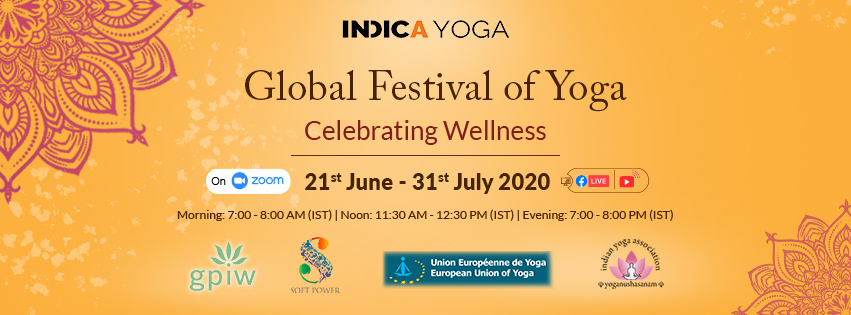
Indica Yoga, a platform of Indic Academy, offers inclusive and diverse forms of Yoga training and experiences that are authentic, immersive and transformative. It had recently organized the world’s first online Global Festival of Yoga: Celebrating Wellness for 41 days starting from 21st June up to 31st July, 2020. This soulful immersion included interactions and practice with several Yoga Experts consisting of leading Scholars, Practitioners, Researchers and Artists from around the globe.
The global festival was organized and delivered in collaboration with national and international associations including Indian Yoga Association (IYA), European Union of Yoga (EUY), Global Peace Initiate of Women (GPIW) and Center for Soft Power (CSP) as major partners and a few other organizations like Ritambhara Ashram, Ritambhara Wellness, Vyasa Houston and Vyasa Singapore.
The primary purpose of the festival was to celebrate the ancient yet timeless spirit of Yoga to rediscover and celebrate wellness. This global festival was also curated to serve as a platform for connecting with authentic teachings that will explore different facets of Wellness through a convergence of Spirituality and Science; Philosophy and Practice. The other objectives included
- Celebrating yogic wisdom, traditions and practices on a global scale
- Building synergies between Science and Spirituality, Philosophy and Practices that enhance human wellness and happiness
- Exploring techniques, technologies and practices of Yoga for promoting individual, social and collective well-being
- Connecting the global communities committed to a conscious living
In this backdrop a series of talks, panel discussions, philosophical and scientific presentations, practice & experiential sessions on varied dimensions of Yoga were planned three times a day i.e. Morning (7.00-8.30 AM IST), Noon (11.30 AM – 01.00 PM IST) and Evening (7.00 – 8.30 PM IST). These sessions catered to different time zones including the Far East, Indian, European, Eastern & Western (American) time zones.
To summarize the global celebration of Wellness, the Festival hosted 112 sessions in total featuring about 124 experts, teachers, artists, doctors, scientists and researchers representing diverse traditions and practices of Yoga. About a third of them were purely practical sessions including asana, pranayama, meditation, yoga nidra, bhajan & kirtans etc. which were offered by leading practitioners bringing many forms of yoga practices on one platform. Further, the presenters, the best of the Yoga community across the world were from 25 different countries from the Bahamas to Turkey; from Ireland to Singapore. The high powered list of eminent speakers and practitioners included Ravi Ravindra, Sraddhalu Ranade, R. Nagarathna, Gabi Gillessen, Dena Merriam, Francois Lorin, Rudolphe Milliat, Andre Reihl, Eddie Stern, Raghu Anantanarayan, Acharya Mangalananda, Ramakanth Gundecha, Frederick Travis, Sampadananda Mishra, Krishna Das, Stephen Parker (Stoma), Subhash Kak, Matthijs Cornelissen, James Boag, N. V. Raghuram, Naveen K. Visveswaraiah, K. Ramasubramanian, Jozef Keikens (Narayana), Ganesh Mohan, Saraswati Vasudevan, Bina Mirchandani, Nrithya Jagannathan, Krishnaphani Kesiraju, Lorenzo Cohen, Ananda Balayogi Bhavanani, P. P. Chakrabarti, Anuradha Choudry, Vinayachandra Banavathy, Zoltan Cser, Smitha Mallaiah, Yogi Maheshwara, Geza Timcak, Ravi Mantha, Rajiv Vasudevan, Chanchalapathi Dasa, Chef Manjith Sigh Gill, Zolatan Cser, Gauranga Das, Alan Wallace, Jacques Vignes and may more. For the whole list of resource persons please refer to (https://www.indicayoga.com/events/month/2020-07/)
The Festival also included about 12 panels of conversations and dialogues on significant themes like Yoga & Human Unity; Yoga & Mystical traditions of the world; Dharma, Yoga & Economic Well-being and Yoga & Unity with Nature: Perspectives from Indigenous Environmentalism, that were specially curated by GPIW for event with a special panel on Wellness in workplace by experts from the Rekhi Centre of Excellence for the Science of Happiness, Indian Institute of Technology Kharagpur.
This, first of its kind, online Global Festival of Yoga witnessed the participation of about 10,000 active seekers who had registered for the event while each session was well attended by about 150 to 250 enthusiastic participants. The recordings of the lectures that were delivered on this occasion, available on the Indica Yoga YouTube Channel (https://www.youtube.com/c/IndicaYoga), form part of an invaluable repository of rich archival material on Yoga to enlighten any genuine seeker on the yogic way.
The Global Festival of Yoga was curated by Dr. Anuradha Choudry and Dr. Vinayachandra Banavathy.

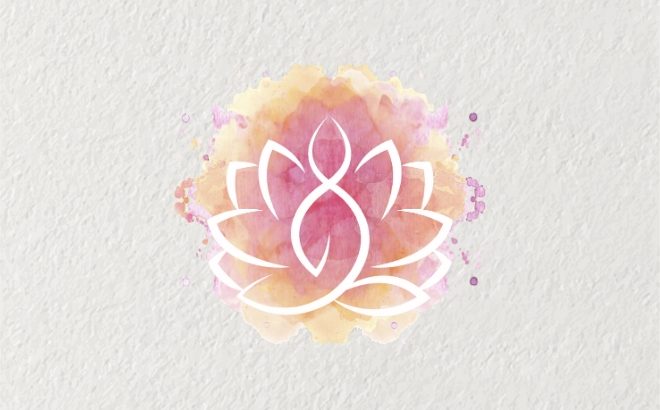
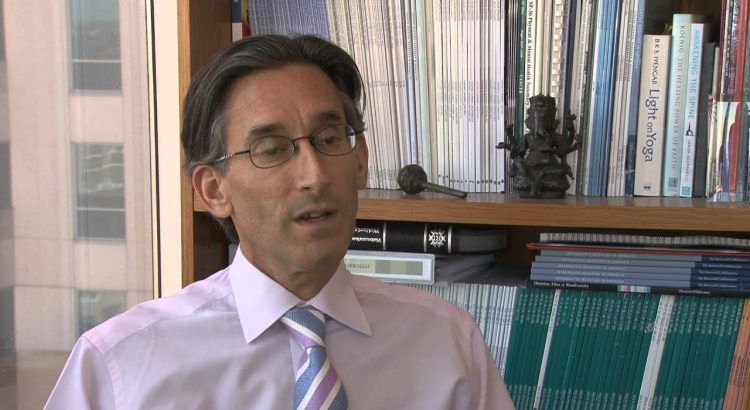
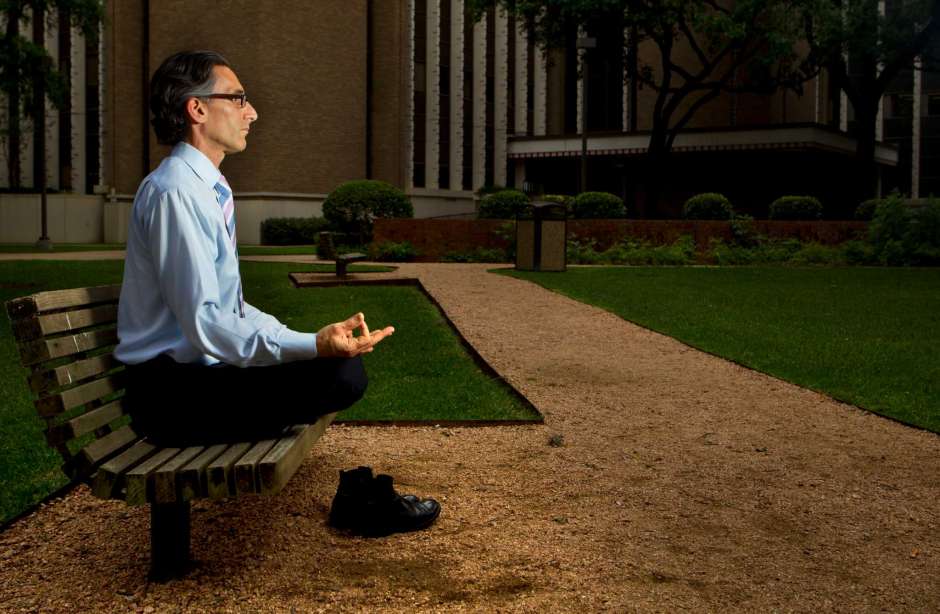 [Image credits : Dr. Lorenzo Cohen]
[Image credits : Dr. Lorenzo Cohen]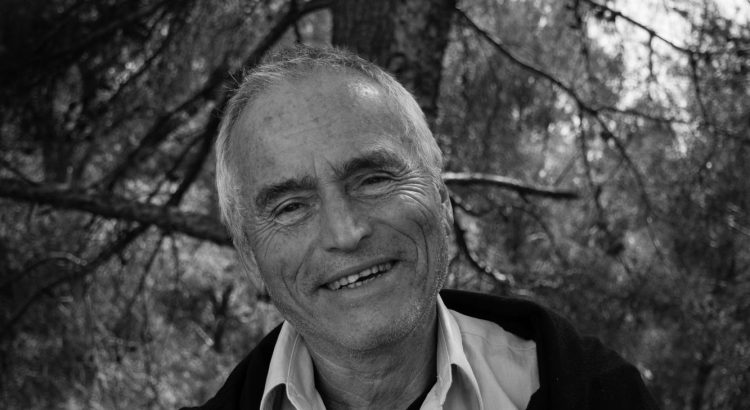
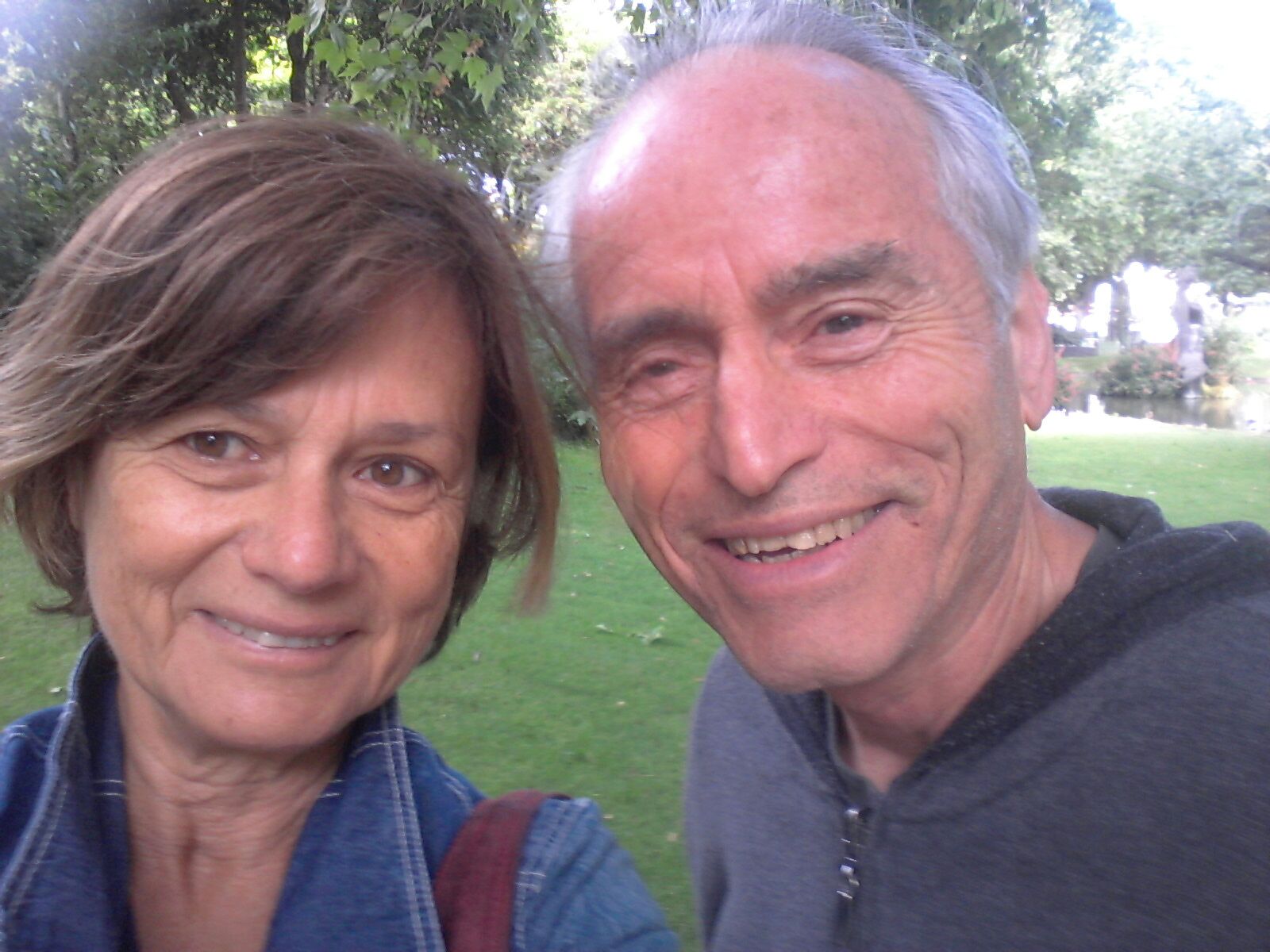
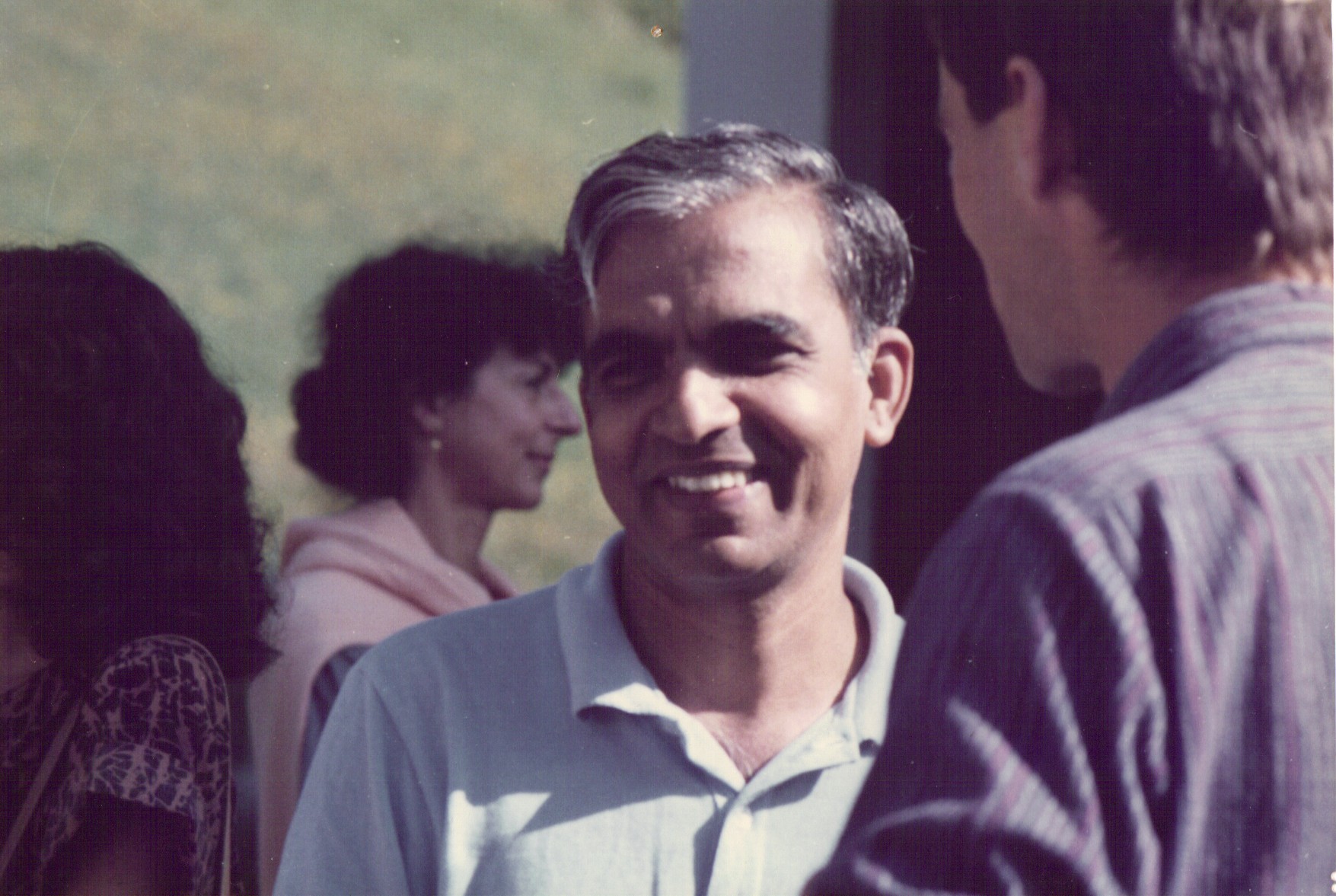
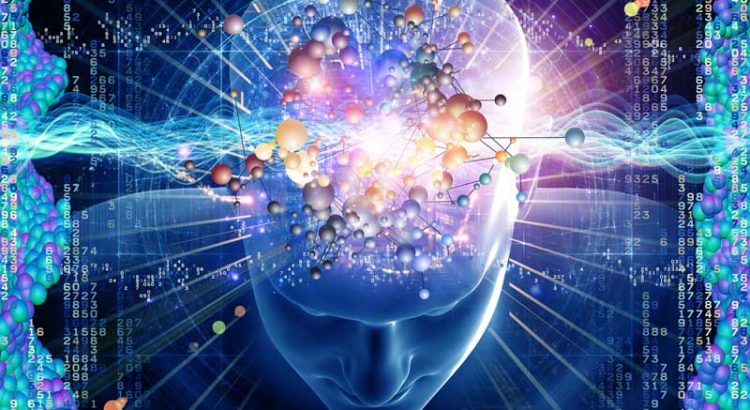
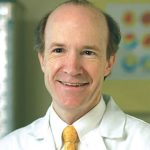 Dr Travis’ current research includes the “Physiology of enlightenment that dawns through regular meditation practice and also the effects of listening to traditional chanting of the Veda and Vedic Literature.” The inevitable question that comes to one’s mind is how can neuroscience explain the genius of rishis like Maharishi Mahesh Yogi who intuited much of their knowledge?
Dr Travis’ current research includes the “Physiology of enlightenment that dawns through regular meditation practice and also the effects of listening to traditional chanting of the Veda and Vedic Literature.” The inevitable question that comes to one’s mind is how can neuroscience explain the genius of rishis like Maharishi Mahesh Yogi who intuited much of their knowledge?